Delicious food is made all over the world and every country, every region has its own characteristics. From the unique scents of Asian cuisine, through the richly seasoned Mexican specialties and the elegance of French dishes, we come to Balkan cuisine, a blend of different flavors and gastronomic experiences...
What the Balkan cuisines have in common is that they have largely evolved under the influence of Turkish cuisine, but over time they have evolved into different, national cuisines. Each nation has its own history, tradition and national cuisine, which is a set of gourmet specialties that are constantly prepared by the inhabitants of a certain area or country. National cuisines are like bases of centuries-old traditions, which were kept in secret and passed down from generation to generation. As time passed, the recipes were perfected and supplemented.
Turkish cuisine is a legacy of the Ottoman, which can be described as a fusion of Central Asian, Caucasian, Middle Eastern and Mediterranean flavors. In turn, the Turkish cuisine influenced other neighboring cuisines, including the Balkans. The rich heritage of Turkish cuisine is characterized by its unique taste. Given Turkey's penetration in this area, Balkan and Macedonian cuisine have been influenced by Turkish, as evidenced by the way how food is prepared and the names of many dishes.
Macedonian cuisine
Thanks to the region, the suitable climate, the fertile soil of Pelagonija, Polog, Tikvesh, Ovche Pole, Skopje Valley..., Macedonian cuisine is rich, diverse and gourmet, in the true sense of the word. The best apples are from Prespa and Polog, Tikvesh Valley is a paradise for grapes, watermelons, peaches and peperoni (peppers), Strumica Field is known for its early vegetable crops, chushki (peppers) and frenki (tomatoes), and beans are found almost everywhere. The amazing combination of ingredients, which are almost always of domestic origin, the excellent recipes and the Macedonian mentality – results in numerous irresistible dishes.
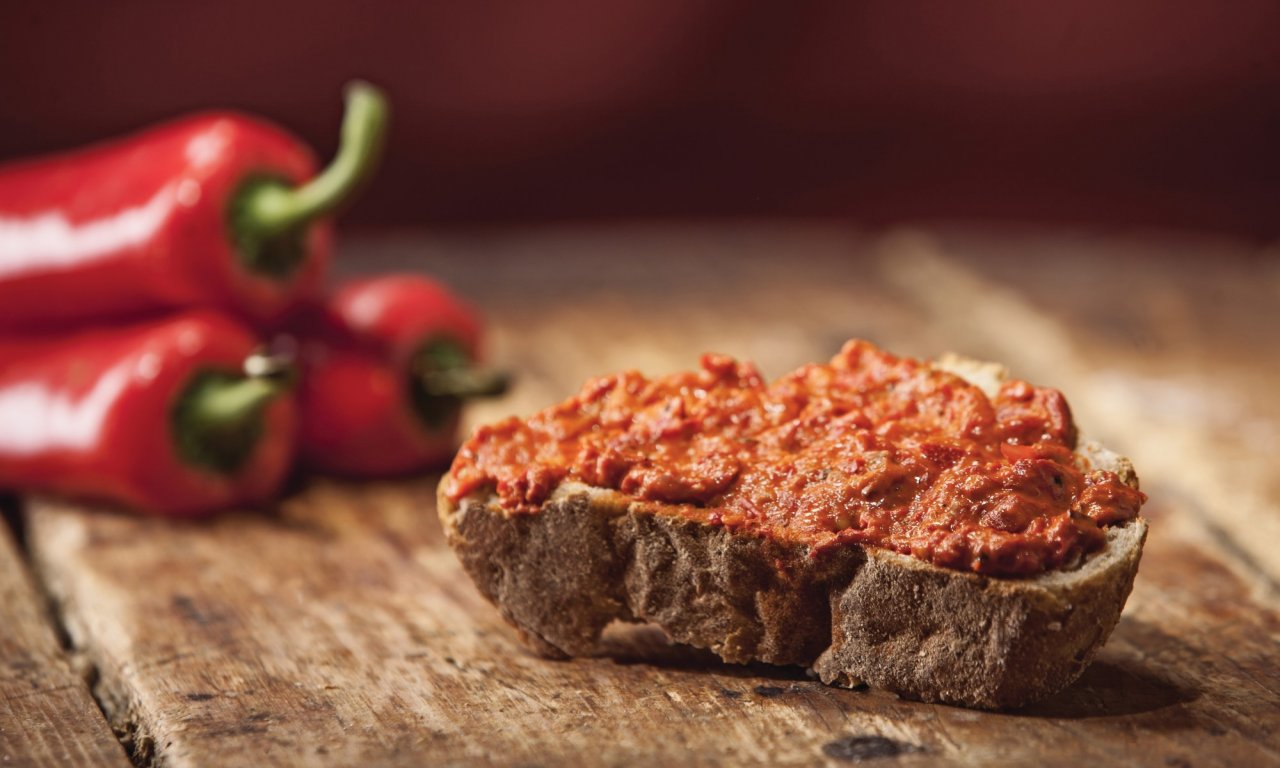
Red pepper – mild, spicy or as a condiment (ground) and tomatoes – are ingredients without which Macedonian cuisine would be unthinkable. This also applies to the specialty tavche-gravche, which is made from beans. Ajvar and lutenica can be consumed with bread and cheese, as salads or as a side dish to grilled portions. Due to the meadows and the air that the animals breathe – dairy products are excellent. Sour milk, yogurt, cheese, kashkaval made from sheep's or cow's milk are just some of the typical Macedonian delicacies. Macedonian pogacha (kind of loaf) is made with sheep cheese and is served with the addition of sheep's sour milk.
Turlitava is a dish of lamb, chicken or pork with tomatoes, peppers, eggplants and potatoes. The tarator, whose ingredients are fresh cucumbers, sour milk and garlic, can be used as an appetizer or side dish for a variety of portions. The sarma can be wrapped in cabbage leaves, dock leaves or grape leaves, and the specialties are the stuffed peppers and moussaka as well. From the fish specialties, the Ohrid trout, belvica and Dojran "fish on reed" (roach) are irresistible...
In addition to the extraordinarily good food, thanks to the bright sun, the Macedonian climate abounds with superior autochthonous wines with a centuries-old tradition. Apart from the wines, zholta lozova rakija (yellow grape rakija) and the Strumica mastika are also characteristic for the Macedonian cuisine.
Bulgarian cuisine
In this cuisine you can find dishes and beverages, which were influenced by other Balkan and Slavic cultures. One of the reasons for the similarity of Bulgarian cuisine with other Balkan cuisines is the use of similar products and ingredients.
Bulgaria has a wide range of different dishes. Often, tarator is an appetizer, and the national delicacy is shkembe chorba (tripe soup). Supplements can be delicatessen products, such as lukanka and sujuk. Kebabs and koftas (meatballs) are also typical traditional dishes. Ayran is a salty dairy product that is often consumed. Boza is a non-alcoholic and refreshing beverage made from corn flour, yeast, sugar and water. From the alcoholic drinks, wine and beer are traditionally consumed, but also distilled beverages such as rakija, mastika and mint.
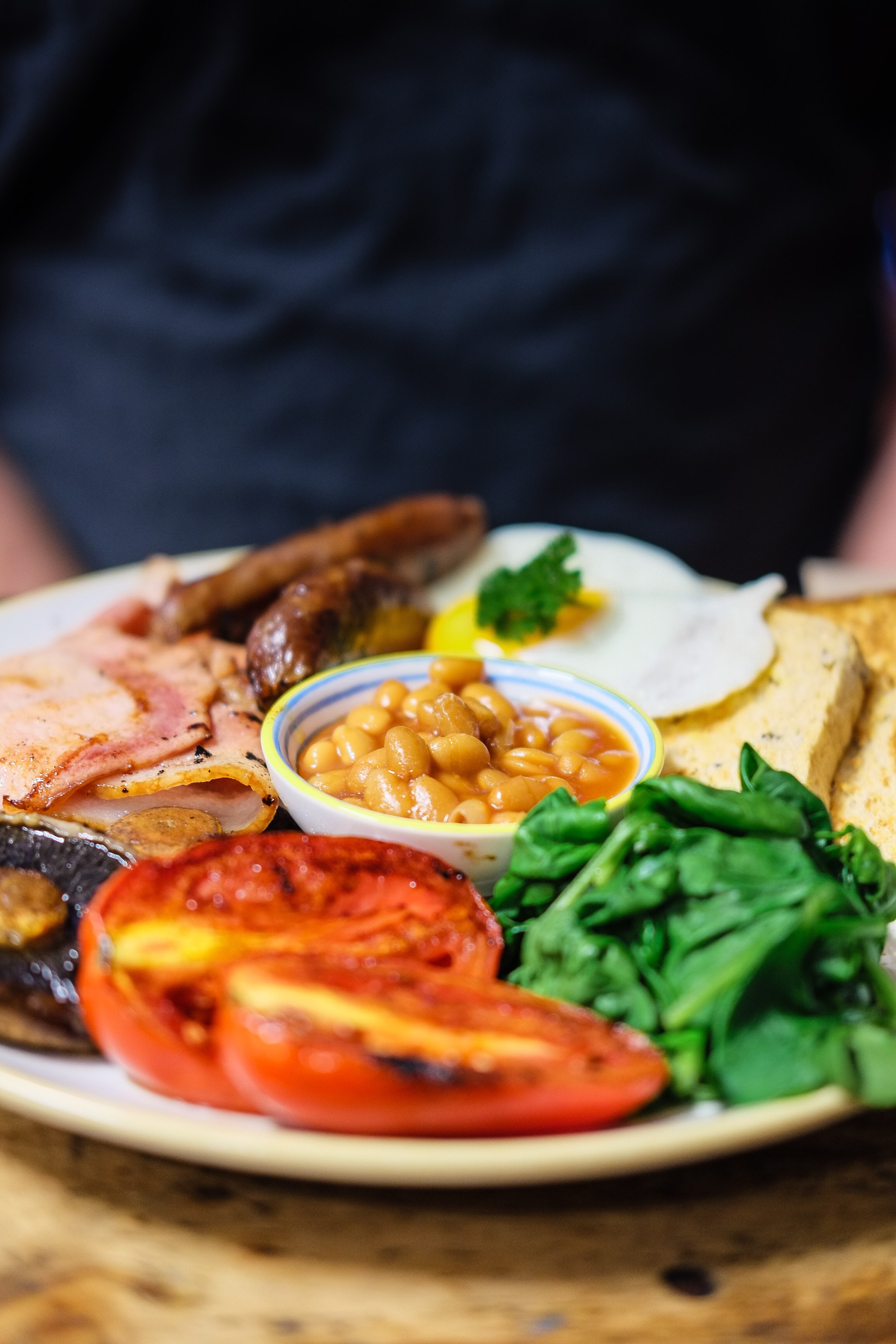
Bulgarian gastronomy is characterized by the way the meat is prepared, which is melt-in-your-mouth. For its preparation, a special heat treatment is used, during which the meat is simmered for at least an hour. An alternative to this method is grilled or skewered meat. In the same way, fish can be prepared.
Dairy products are used as a marinade or basis for many Bulgarian dishes. In addition, Bulgarian chefs add fruits to the food, and almost always a variety of herbs. A typical Bulgarian specialty is gyuvech with tomato sauce, peppers and cabbage with meat.
Greek cuisine
Greece's culinary tradition is deeply rooted in the past. It absorbs the traditions of Italy, France, the Middle East, as well as the culinary preferences of the inhabitants of the surrounding provincial towns. It is even thought that Archestratus wrote the first cookbook about 300s BC.
Greek food is characterized by high nutritional value, ie it has a positive effect on health, beauty and longevity. Even today, Greeks adhere to traditional dietary habits, so that is a kind of philosophy for them. Gastronomy also reflects the sociability, extroversion and communicativeness of the Greeks.

Apart from the most famous Greek dishes (moussaka, souvlaki and salad horiatiki), there are many more typical dishes, with meat and vegetarian. The four main ingredients of the great masters are: fresh and quality ingredients; careful dosing of spices; olive oil and simplicity.
The atmosphere, which is unique and unrepeatable, also plays an important role in Greek gastronomy. Imagine sitting in the shade of a tree in a small tavern overlooking the Aegean Sea, eating seafood and drinking ouzo or a glass of wine...
Albanian cuisine
Albanian gastronomy is known for its high nutritional value and excellent taste. Albanians enjoy a variety of appetizers, soups, stews, pies, sauerkraut dishes, rice and etc. The cuisine is mediterranean, but also has oriental influences as part of Balkan cuisine.
One of the most famous Albanian specialties is the Elbasan pan (lamb in yogurt), which got its name from the town with same name. The main meal, lunch, consists of a main course – cooked lamb or beef with a salad of fresh vegetables, olives, feta or sheep's cheese. The salads are seasoned with olive oil, vinegar and salt. In the usual sweet desserts, the Turkish-Oriental influence is felt. Seafood specialties are common in the coastal areas of the Ionian and Adriatic Seas, and fish are served along the lakes.

Among the favorite soft drinks are boza (Northern Albania) or rehani – grape juice (Central Albania). Among the alcoholics drinks, these are grape raki and "raki mani" (mulberries raki), as well as the famous cognac Skënderbeu. Albania for centuries has also had a rich wine culture, which is hardly known abroad. Thе people are drinking Turkish coffee and mountain tea as hot beverages, and with some dishes the buttermilk is common drink.
Kosovo cuisine
As well as other Balkan cuisines, Kosovo has many influences from Turkish and neighboring gastronomy. Typical dishes are made from potatoes, peas, peppers, meat, dairy products, beans, rice and dough. More often, food is prepared by baking than by boiling.
On the Kosovo menu, fish is the least represented, while beef and lamb are prepared almost daily. Often the meat is dried, so the delicacies are sujuk and dried beef, which is the most common.
One of the most specific dough speciality is flija, which is made from flour, water and salt. Many other delicious baked goods are also eaten here, like burek, gibanica, pogacha, manti and krelan. Dairy products are among the most important ingredients in the cuisine. Most often they are domestic products, which the locals make themselves.

As a salad, in addition to the main dish, people are eating turshiya, ie pickled vegetables: cauliflower, cucumbers, green tomatoes, carrots and peppers.
As a refreshment after a good meal, people usually drink boza or rasoj, made from fermented red cabbage. Also, tea is often beverage, which has a special ritual of preparation and serving.
Serbian cuisine
Serbian traditional cuisine is a treasure trove of flavors and aromas. The fusion of various influences has resulted in a wealth and originality of flavors that can only be experienced here.
Meat, pastries, vegetables and dairy products dominate in Serbian cuisine. It is irresistible, unforgettable and regularly spicy – it satisfies all the senses and increases the appetite. Meat, especially grilled or the various types of pechenje (rotisserie), seasoned with red pepper, basil, horseradish, mint and fresh vegetables, is used in large quantities. Usually, the meal consists of at least one meat dish, which has a central place among the recipes.
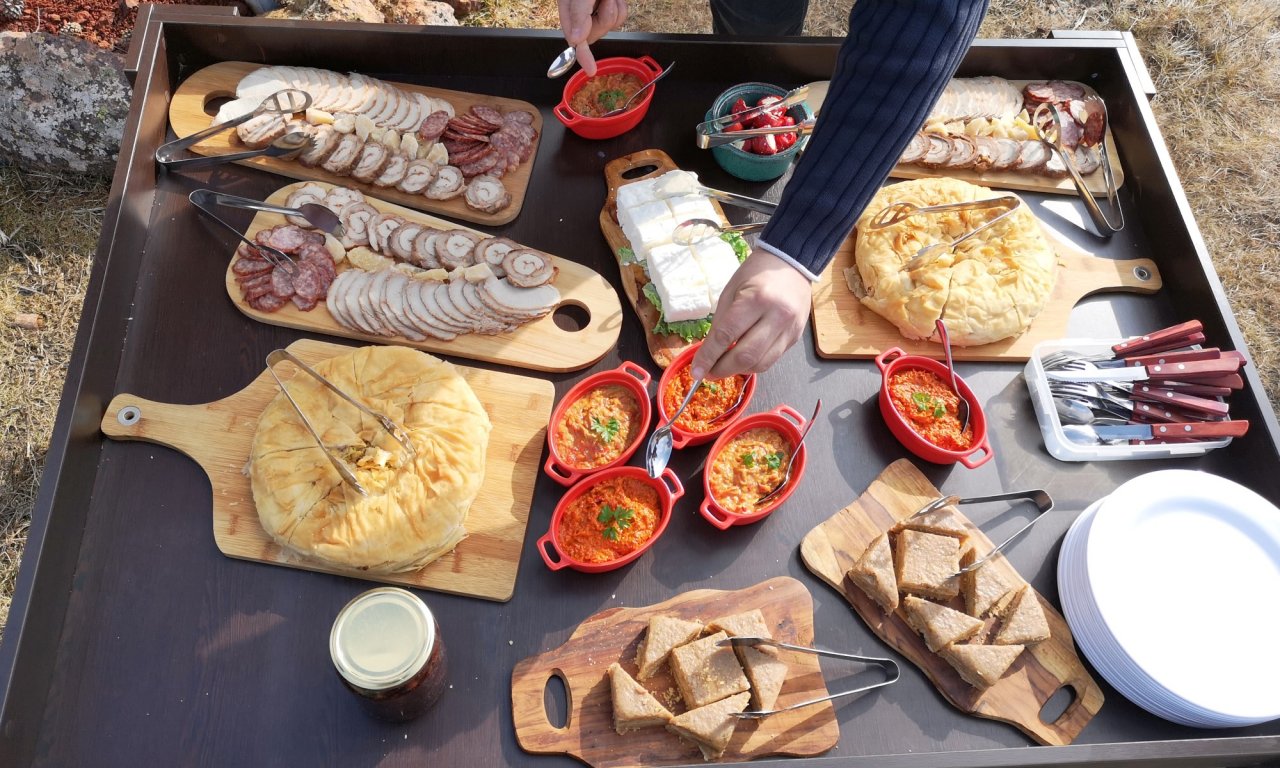
From other specialties, besides burek and gibanica, it is obligatory to taste Karađorđe's schnitzel, sarma, goulash, gyuvech, moussaka, muckalica, chvarki, kaymak, prosciutto, sour milk... Drinking coffee is a ritual tradition, followed by baklava, vanillici or lokum. In Serbia, the plum is considered a national fruit, which is the main ingredient in the famous slivovitza (plum rakija) – one of the symbols of the country.
For many of the specialties in Serbia, there is no specific word in the dictionaries of foreign languages, but the taste is both unique and universal.
Montenegrin cuisine
One thing that can never be remarked to the Montenegrins is that they are excellent hosts.
According to the way meat, bread, priganice, rashtan (kind of cabbage) or cheese are prepared in the central part of Montenegro or along the Adriatic coast, the Italian influence is noticeable. The influence of continental Europe is noticed in the preparation of different types of jams, cakes, doughnut etc., and the Turkish influence is evident in making pies, burek, kebabs, baklava... When preparing goulash, satarash, gyuvech and similar dishes that are often on the table, the influence of Hungarian cuisine is felt, and on the coast, the influence of Mediterranean cuisine is most pronounced.
Among the many dishes of Montenegro, we would mention: kachamak (traditional potato dish), njegushki prshut, various types of cheese, lamb in milk (brav u mlijeku), lake trout in yogurt, common bleak, carp with prunes, rashtan, as and numerous recognizable versions of Turkish cuisine.

To fully the food experience, there are also grape rakija and the wines, made from a white variety Krstach or a red – Vranec.
Bosnia and Herzegovina cuisine
In Bosnia and Herzegovina (B&H), food is prepared slowly, meals are plentiful and usually consist of meat, dairy products and vegetables. The desserts and coffee are an integral part of the ritual called food.
In B&H cuisine there is no roux nor strong spices, or if are used, they are using in minimal quantities. In most cases, B&H dishes are light, boiled and steamed with a little amount of water or clear soup, so they have a natural juice or sauce. The typical ingredients of B&H cuisine are tomatoes, potatoes, onion, garlic, peppers, cucumbers, carrots, cabbage, mushrooms, spinach, zucchini and beans. The spices used are black pepper, red ground pepper, parsley, bay leaf and celery, and oriental spices are added in minimal amounts. Milk, kajmak and sour cream are also used as condiments. Meat dishes are made of chicken, beef or lamb. For B&H cuisine, it is specific preparing food under the satch (lid) with the ingredients, covered with a metal bell, prepared on ember.
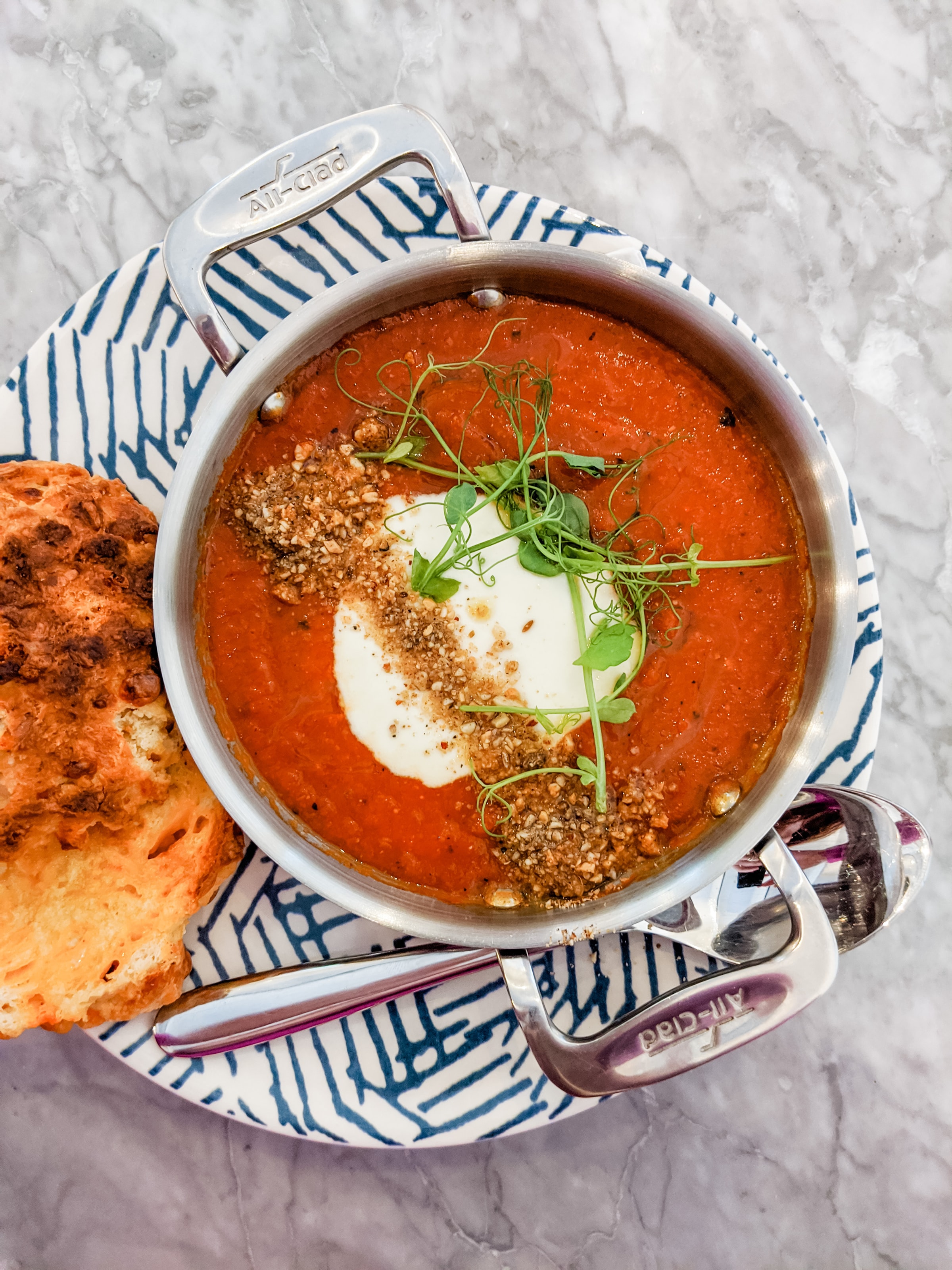
Begova chorba, okra soup and pacha (jellied meat) are the most famous soups or stews. B&H is best known for its pies – the burek is stuffed with minced meat, the sirnica with cheese, the zeljanica with spinach and cheese, and the krompirusha – with potatoes. Another delicacy that B&H is most famous for are ćevapi (kebabs), which are grilled and made from lamb and beef meat. The ćevapi are served with somun or lepinje (flatbread) with onions. Of the desserts, the most famous are: baklava, tufahija, ruzhica, lokum, sutlijas, tulumba, kadaif, halva, lokum... Non-alcoholic beverages – coffee, boza, salep and sherbe, and alcoholic rakija, wine and medovina.
The Herzegovina region is suitable for growing vines and producing wine, and in Bosnia rakija is obtained from plums and apples. A lot of Bosnian coffee is consumed, which is boiled in džezva and drunk from a fildžan, necessarily with lokum.
Croatian cuisine
Croatian cuisine, whose recipes are often older than 100 years, is so unusual and delicious that even recognized masters from other countries take off their hats.
The land of opposites and differences has such the same cuisine. It is not limited to the Balkan classics, but connects the typical Balkan cuisine with the most diverse influences, which are historical and geographical. While the coastal areas bring Mediterranean cuisine on the table, dishes from other regions point to Ottoman influence, and various specialties from the Pannonian Basin are reminiscent of Austrian cuisine.

Grilled specialties are called "roshtilj", while those baked are called "razhja". "Pod pekom" means that the dish is placed in a stone oven under a metal lid. The cook puts hot charcoal on the lid, so that the meal is slowly boiled in its juice. These specialties can be lamb and veal meat, or octopus.
Goulash is very popular in most part of Croatia. Vegetable broths with a small amount of meat or sausages are considered as healthy, traditional meal. Pasta is very popular, especially in Dalmatia. It can be with different sauces: tomato, mushroom, minced meat and etc. Zagrebachki odrezak is a variation of Wiener schnitzel, named after the Croatian capital. It is actually a veal steak, filled with ham and cheese.
Slovenian cuisine
Although small, Slovenia has a large geographical diversity and a different way of life in different provinces. Therefore, here we can not talk about one cuisine, but about more than 40 different ones, which make union.
Not all ingredients are available in all regions, so each province has developed a specific gastronomy, depending on the products availability. However, if it is necessary to point out what characterizes Slovenian gastronomy as a whole – it is authenticity and naturalness.
The delicacies of Slovenian cuisine range from refined Mediterranean dishes, fish specialties, dried meat specialties, buckwheat or corn porridge, polenta, mlinci, strudel and the famous prekmurska gibanica. Krashka panceta is well known and is one of the best Slovenian culinary offers.
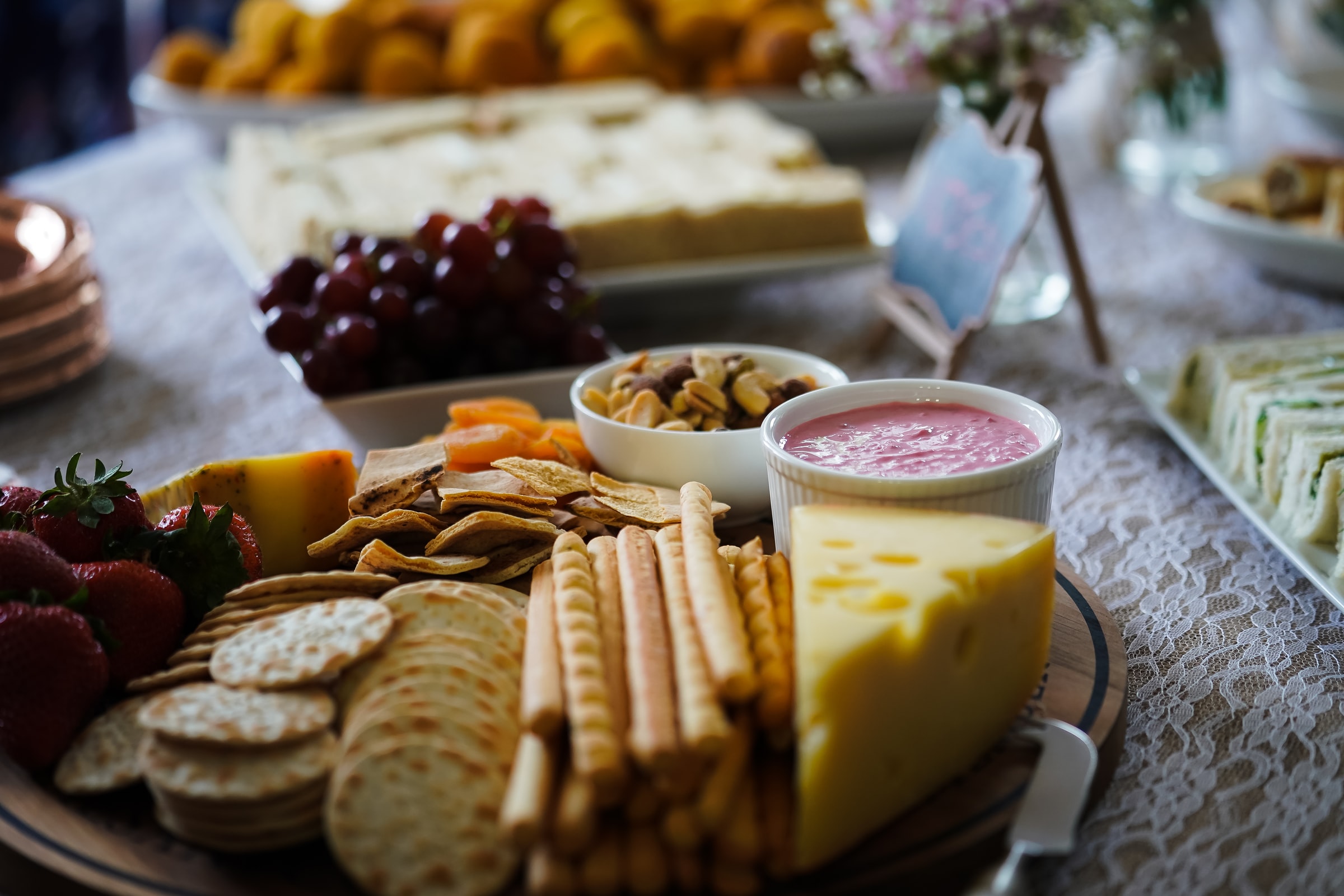
A typical dinner in Slovenia starts with soup, beef or "pishchanchja z rezanci". Then are serve the meat and potatoes, and the salad most often from fresh cabbage (solata). Traditional dishes include shtruklji (dumplings with different fillings), zhganci (porridge obtained by mixing corn flour in boiling salted water), zhlikrofi (the most famous are Idrijski, doughs stuffed with potatoes, meat and eggs), yota (peas, acid, potatoes, bacon, ribs and garlic) etc. From local desserts, we would mention potica (pie) and gibanica (cake with poppy seeds, nuts, apples, grapes, cheese and cream).
Of the alcoholic beverages there is schnapps, which can be made from different types of fruit.
Instead of a conclusion
The magic and mix of flavors from the best cuisines in the world have always been the inspiration for the greatest gourmets. When a person gets to know a new place, he will be familiarize it best through traditional food, which will forever tied to his senses. Good food is an experience and a pleasure that makes life richer.
